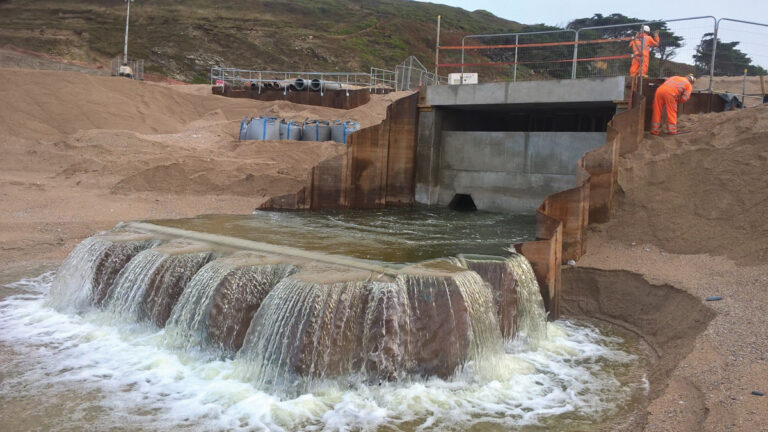MAG (Manchester Airport Group)

Key Sustainability Objectives/ Outcomes
Climate Change –Sustainable procurement featured highly on this project ensuring that Laing O’Rourke used local suppliers where possible, thus driving change and improving business processes for a green future.
Resource Use – Where possible the project diverted waste away from landfill using Kenny waste Management who specialise in reducing environmental impact.
Nature and Biodiversity – The project team, designers and sustainability experts identified areas where we could support biodiversity and the environment at design stage. Activities that the site undertook were fully supported by inhouse teams.
Health and Wellbeing – During the duration of the project Laing O’Rourke ran a full health and well-being programme that incorporated staff as well as external parties. The award-winning team exceled in their delivery and went on to win 3 ROSPA gold awards, Health and Wellbeing team of the year and ROSPA influencer of the year.
Socioeconomic Impact – Early investigation took place to ascertain opportunities to add value within the local area. Communities within the demographic area of the airport benefited from our social value delivery, this included an environmental project @ Gately Scout Hut / Clic Sargent charity event / 3-Peaks Challenge / Targeted schools engagement focusing on underrepresented groups.
Notable Approaches And Solutions
A strategic sustainability plan was in place to support the local economy and communities surrounding the airport. This plan was managed by Laing O’Rourke’s specialist sustainability team who were based on site and worked directly with MAG to create a lasting legacy in Greater Manchester. Approaches included:
- Ensuring a more diverse and inclusive workforce.
- Apprenticeship opportunities.
- Identifying preparing and upskilling the right people. A robust delivery plan was produced which was updated periodically during the project and the working document became the platform for Laing O’Rourke’s social value delivery.
- Engaging with the local council and other third sector organisations to gain access to target areas of the community.
- Sub-contractor engagement at tender stage was crucial to the social value success of the project. The deliverable targets were sent out during the tender stage as standard practice, this ensured both transparency and clarity between the contractor and the sub-contactor. The delivery of the project KPI’s was monitored and reviewed throughout the project life cycle to mitigate any risk of non-delivery.
Lessons Learnt
Early intervention surrounding apprentice placements is vital. The expectation of apprentice placements should be clearly communicated with all sub-contractors and stakeholders at tender level. There are several contributing factors which may cause low apprentice numbers on any project. These should be taken into consideration as early as possible and mitigated at every opportunity. Laing O’Rourke look at the following as standard:
- Sub-Contractor accountability and delivery
- Business Need
- Can the demographic area and duration of the project support apprentice placements?
- Third party engagement
- Client Expectations
- Financial Penalties
- Sustainable Employment
A review throughout the project and Laing O’Rourke’s “gateway approach” ensures that they have fully visibility of apprentice need throughout the duration of the project. Work forecasts enable Laing O’Rourke to see where and when they and our sub-contractors can accommodate placements, maximising opportunity.


Related members
Related
Climate risk analytics platform

Helston Flood Alleviation Scheme

SaaS climate analytics platform

Reused and repurposed steel tubes and sections

